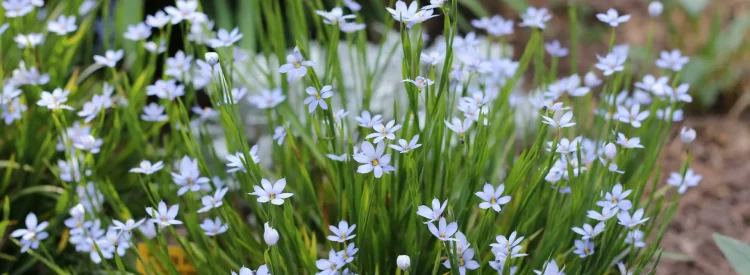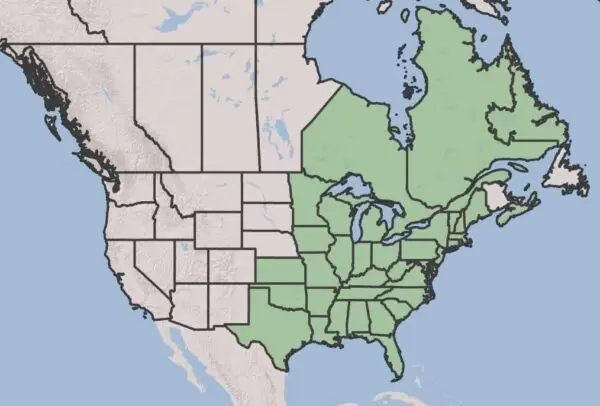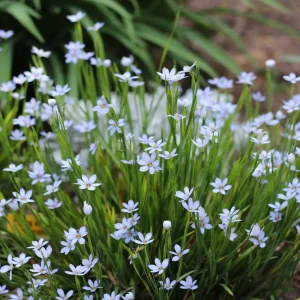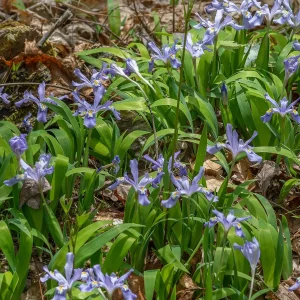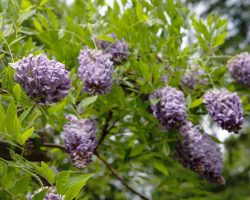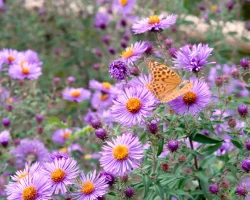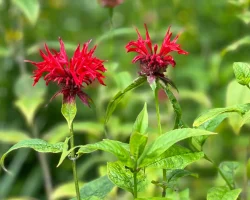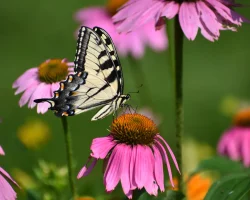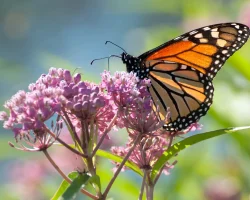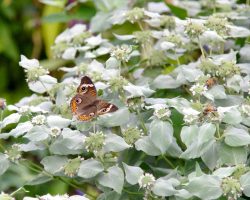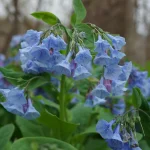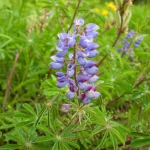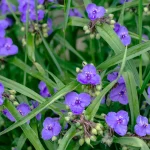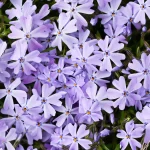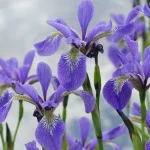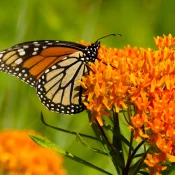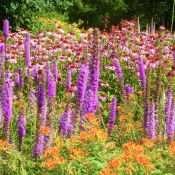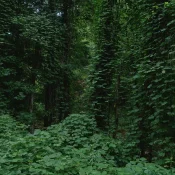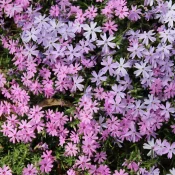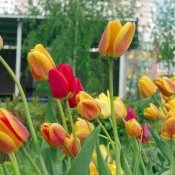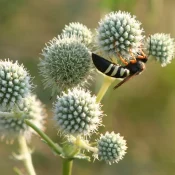Blue-eyed grass looks like a delicate blade of grass until it blooms—and then it’s magic. Their tiny violet flowers float above their stems like little stars in a lawn. They stay small and tidy at just a foot tall, making them perfect for borders. Watch them feed native bees with barely any work.
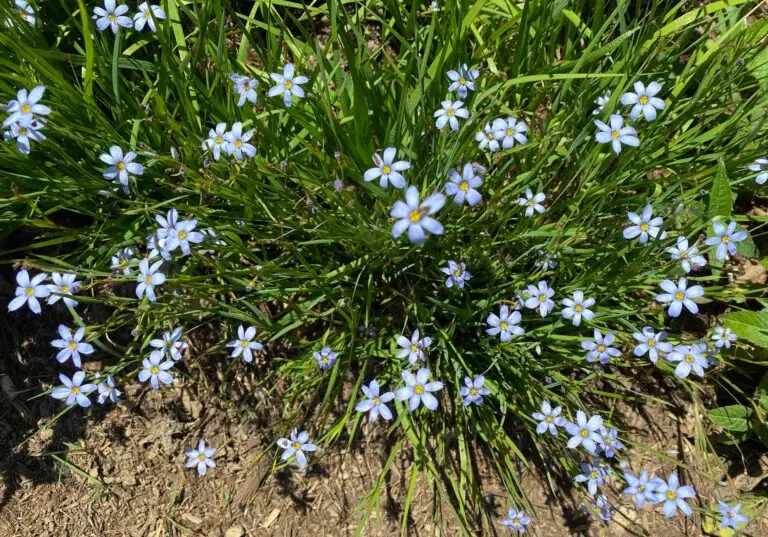
New to native?
Before lawns and landscaping, native plants were here. They’ve fed birds, bees, and butterflies for thousands of years—and they’ll do the same in your yard. The best part? They’re easier to grow than you think.
Is blue-eyed grass a good choice for my yard?
- Yes if you want a low-growing plant
- Yes if your space gets full sun to part sun
- Yes if you’re planting for pollinators
- Yes if your space is has good drainage
Blue-eyed grass does not do well in wet areas. Do you have a puddle-filled spot? Visit our Best Native Plants for Rain Gardens for some recs.
Where is blue-eyed grass native?
Blue-eyed grass is native to 60% of the United States and the eastern half of Canada. Amazingly, the same plant species can thrive from Maine to Texas.
Where should I plant blue-eyed grass?
Blue-eyed grass is short: 4-12 inches tall on average. This makes it perfect for borders, containers, and walkways. The more you plant, the better it looks!
Blue-eyed grass works great in planters or raised beds. Below, you can see how the landscaping crew at the Audubon Aquarium in New Orleans is using this native grass in their outdoor raised beds (it’s planted in the corner of the triangle). This area takes blasting full sun, and blue-eyed grass is perfect for the space.
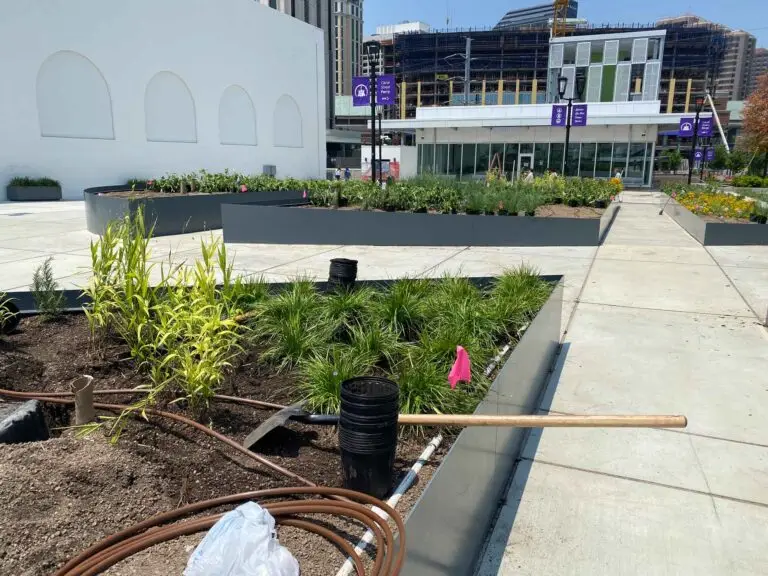
Full sun = more flowers
It likes a range of sun, from full sun to partial sun. One note on planting in part-sun areas: you’ll get the most blooms when blue-eyed grass is in full sun.
Blue-eyed grass is often evergreen
This is a surprising bonus for this plant: even in snowy Northeast settings, many blue-eyed grass will remain green and upright. (This might remind you again of its cousin—irises are also upright and green, even in the winter.) Blue-eyed grass will fill out with new greenery in the spring, right before the flowers bloom.
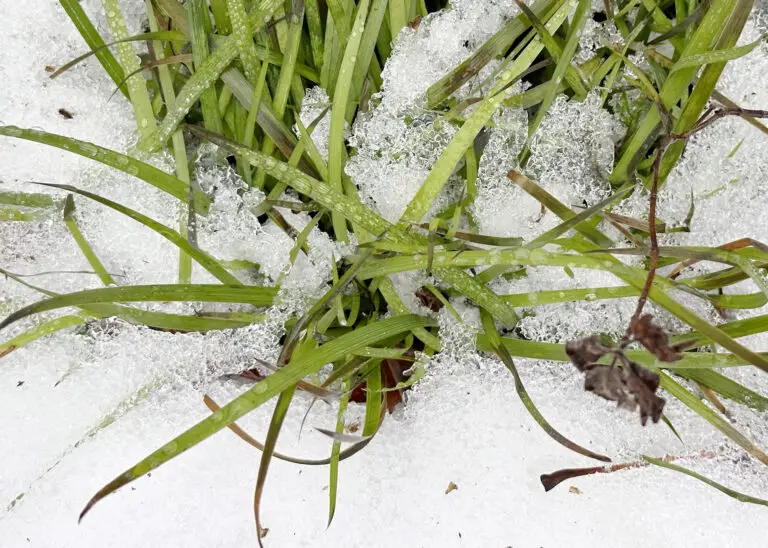
Blue-eyed grass has a cousin: iris
Look closely at the tiny blue flowers and their blade-shaped leaves, and you might be reminded of another flower: the iris. Iris flowers and blue-eyed grass both belong to the plant family Iridaceae.
If you’re looking to plant other native flowers from this family, head over to our Beginner’s Guide to Native Irises to meet some cousins.
Where can I find or buy blue-eyed grass?
Looking to source some blue-eyed grass for your yard? We’ll be honest: finding a specific native plant can be challenging, especially when looking at conventional nurseries. Most conventional nurseries stock non-natives or only common natives like black-eyed susan and coneflowers.
Limit the disappointment by trying these four ideas for sourcing blue-eyed grass:
Where can I find seeds and plants?
Finding native plants can be challenging (we partly blame Marie Antoinette.) To make it easier, we’ve assembled four sourcing ideas.
300+ native nurseries make finding one a breeze
Explore 100+ native-friendly eCommerce sites
Every state and province has a native plant society; find yours
Online Communities
Local Facebook groups are a great plant source
What native plants pair well with blue-eyed grass?
Since this native plant is so short, it should be planted in front of taller flowers in well-drained areas, such as bee balm, coneflower, many species of milkweed, and rattlesnake master.
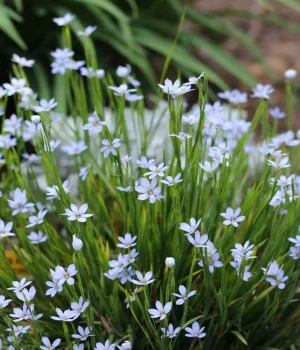
Pairs well with
And that wraps up our love letter to blue-eyed grass! With its enchanting flowers and low-maintenance nature, this native perennial is a fantastic choice. While it prefers well-drained soil, the rewards are well worth the minimal effort. Don’t hesitate to plant this joyful perennial and watch as your garden is filled with pollinators. Blue-eyed grass is a perfect native plant for edges and borders. And if you love semi-evergreen, blue-flowered plants, stop by our Beginner’s Guide to Native Irises. Happy planting!
Sources
- Johnson, Lorraine and Colla, Sheila. A Northerner’s Guide to Native Plants and Pollinators. (2023), 79.
- USDA Plants Database, Blue-Eyed Grass
- University of Wisconsin-Madison Horticulture, Blue-eyed grass, Sisyrinchium
- NC State Extension, Sisyrinchium angustifolium
Blue is a rare color in nature! Here are some other options.
What if your feed was actually good for your mental health?
Give your algorithm a breath of fresh air and follow us.
